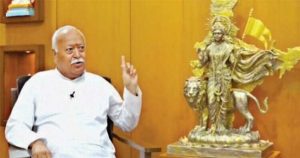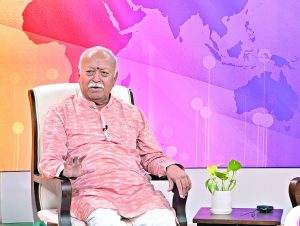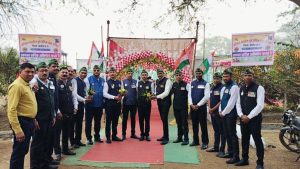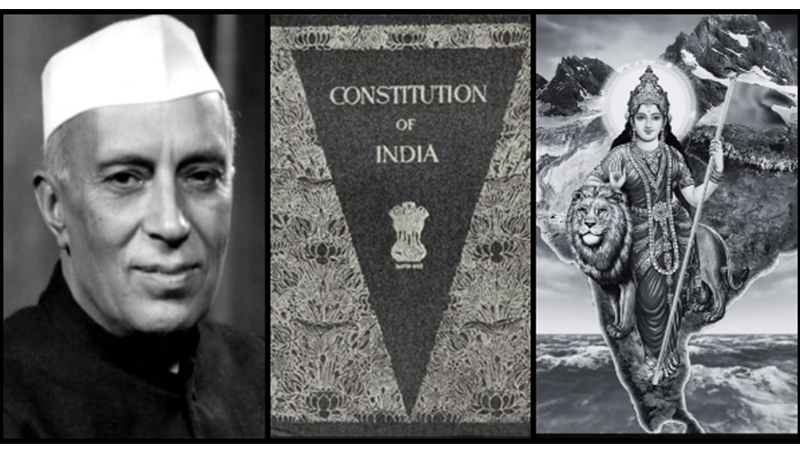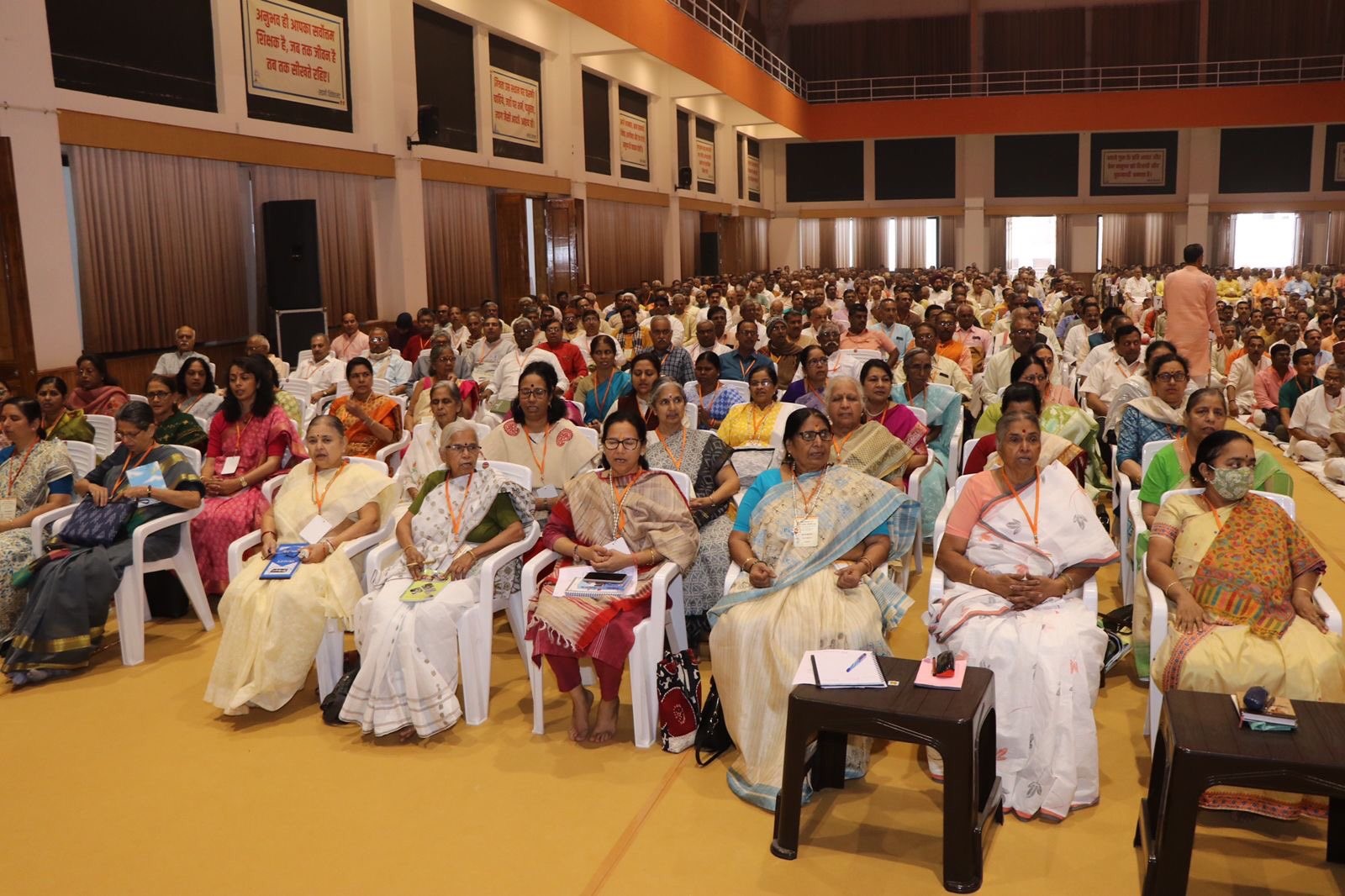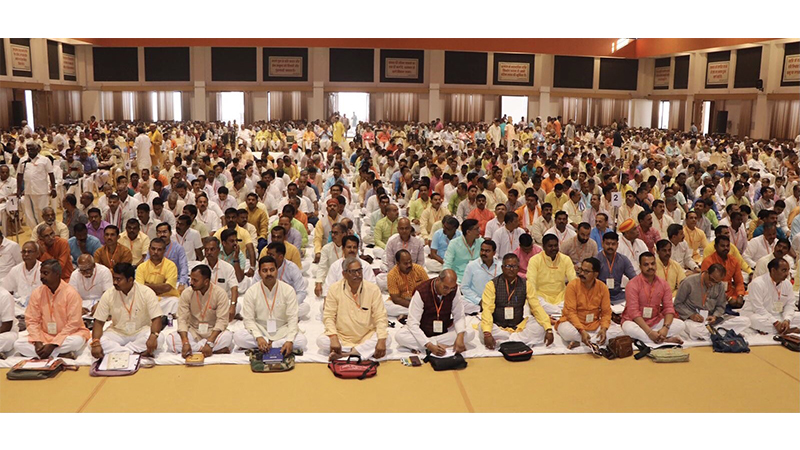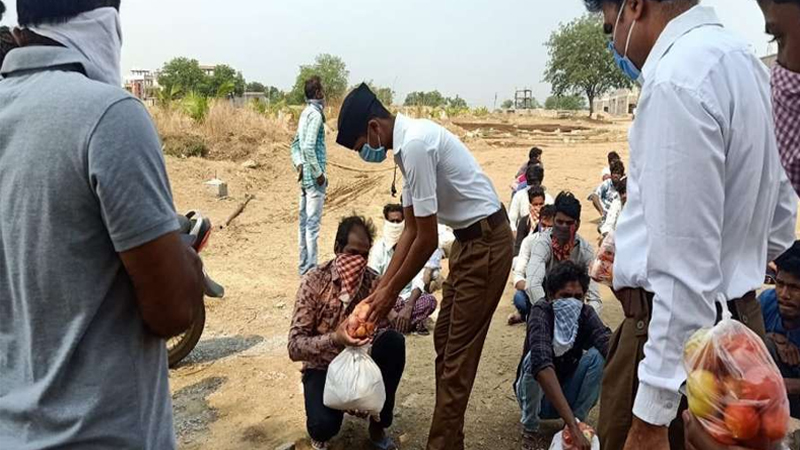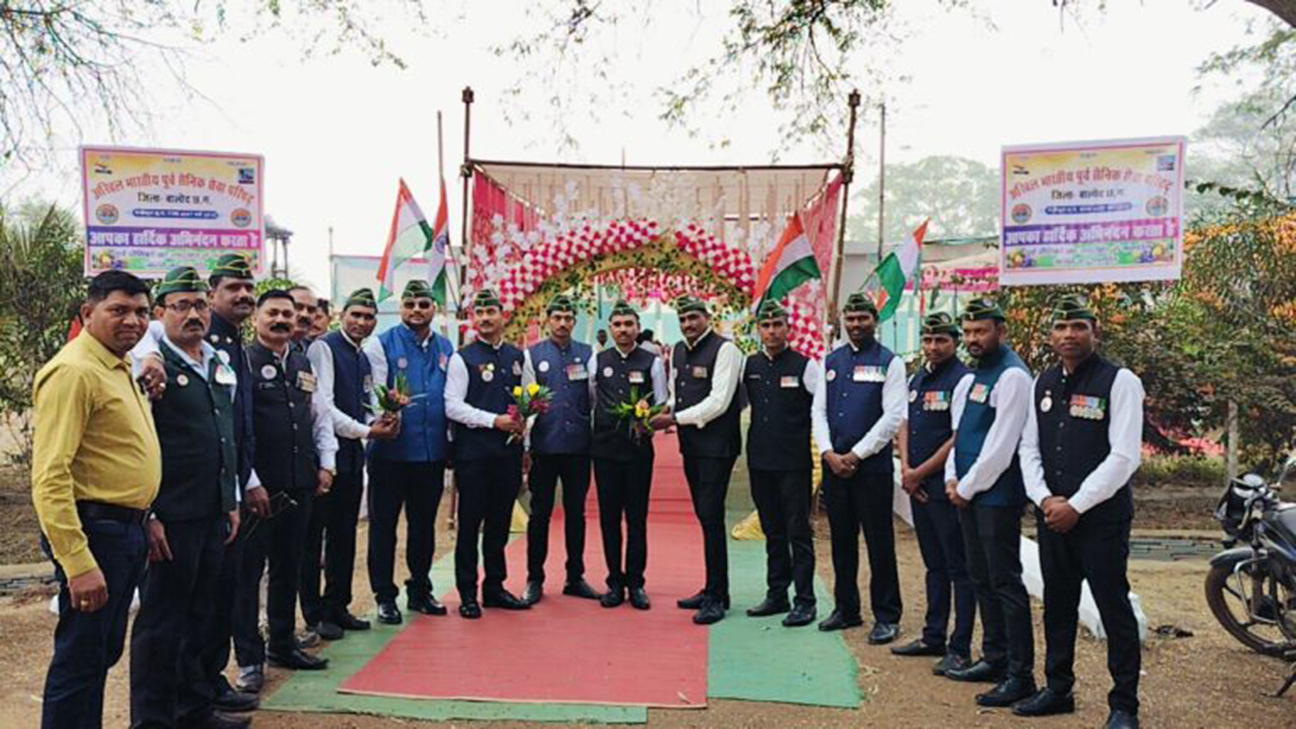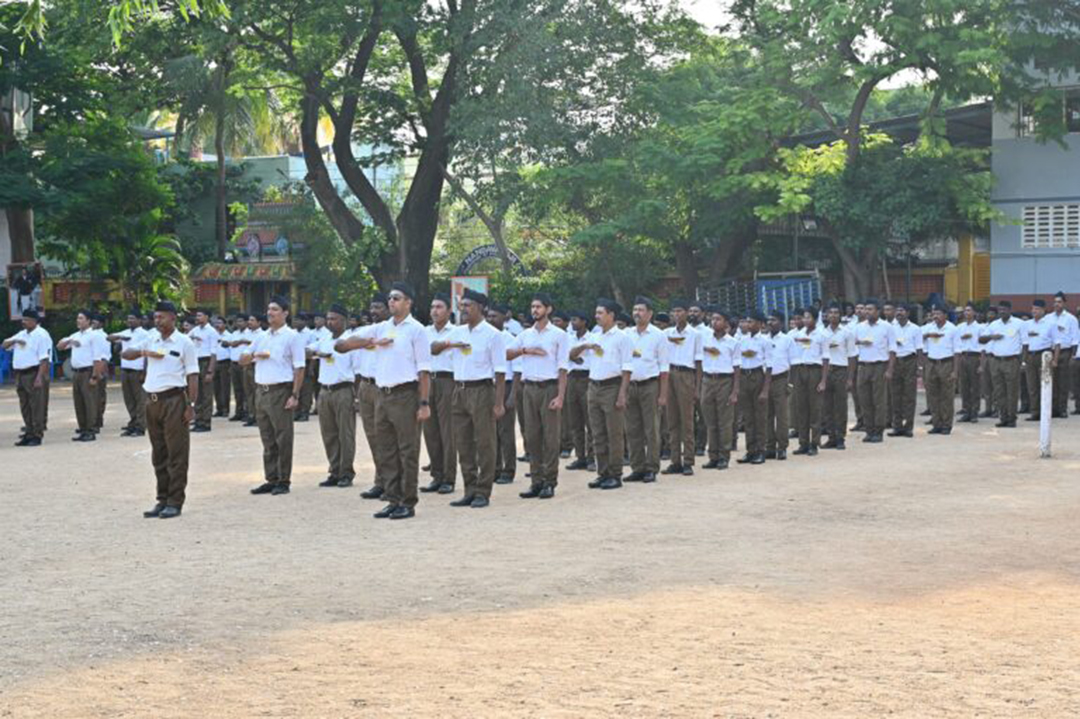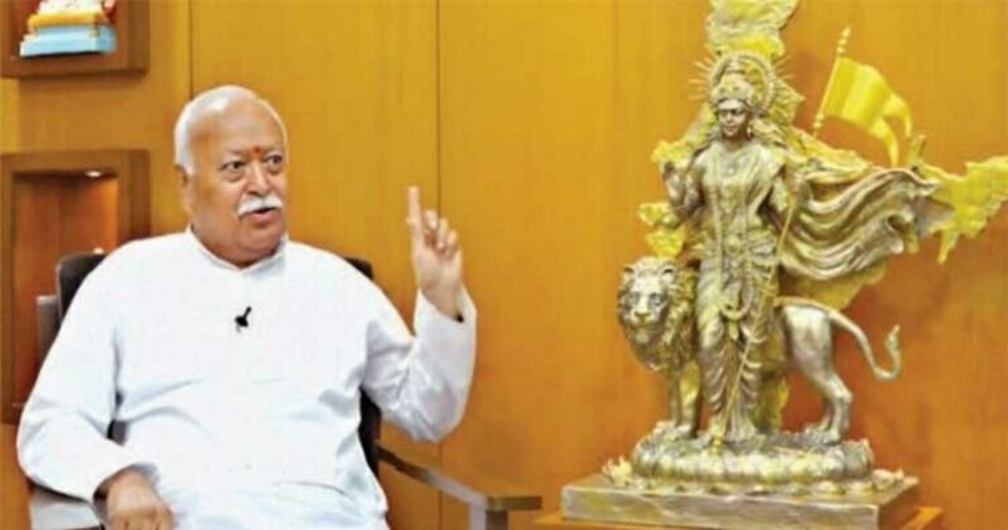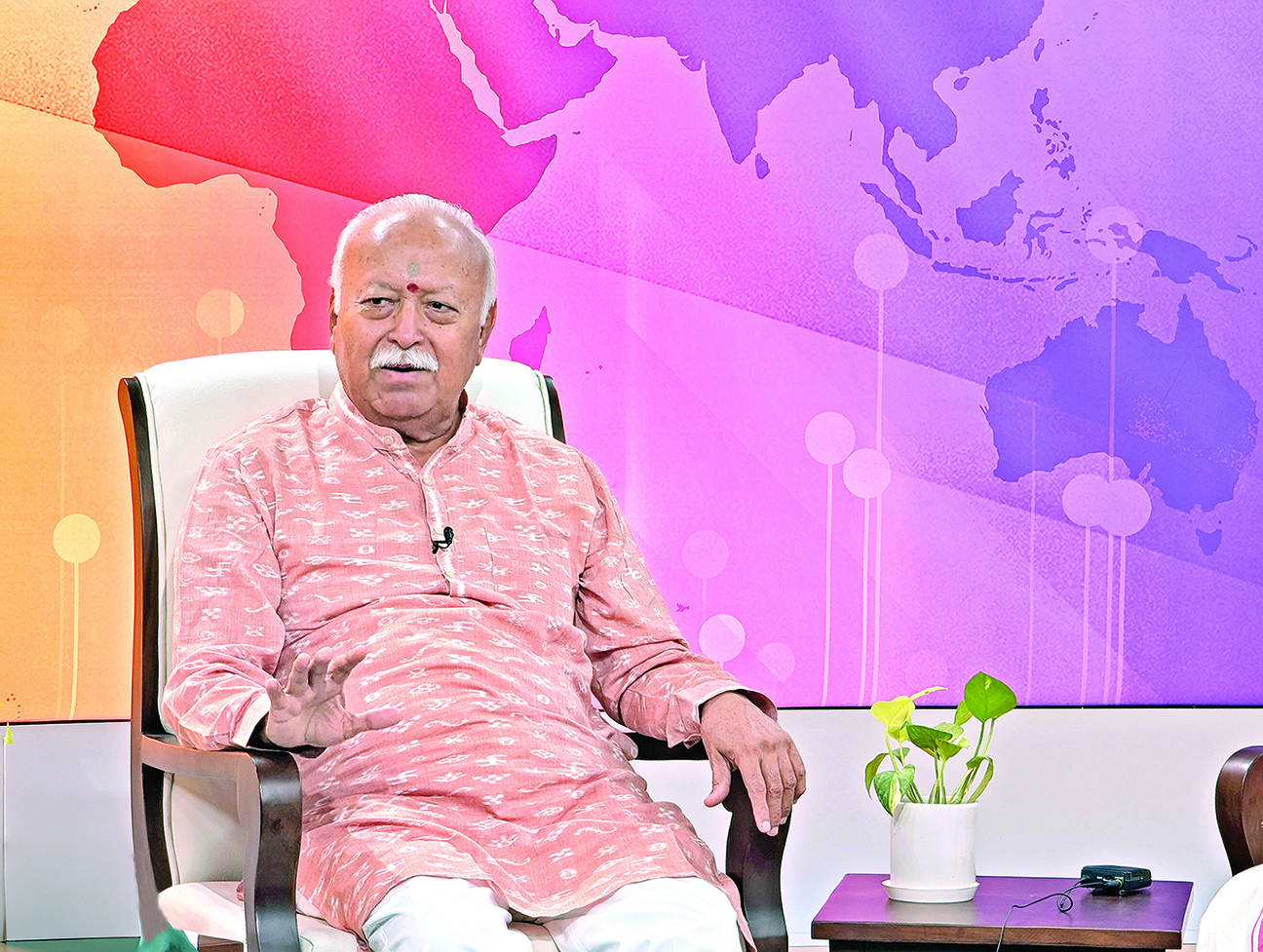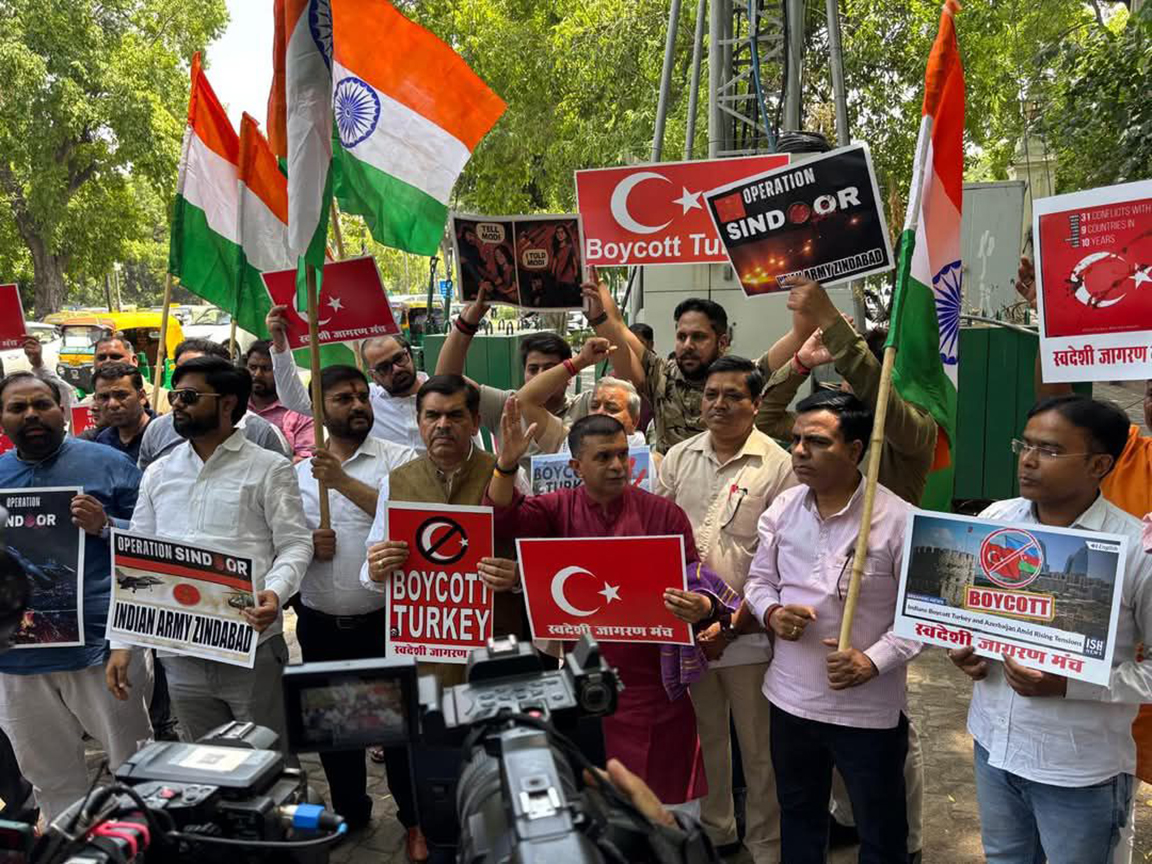RSS and Mahatma Gandhi’s Assassination: Myth vs Facts
Updated: February 4, 2023 6:18
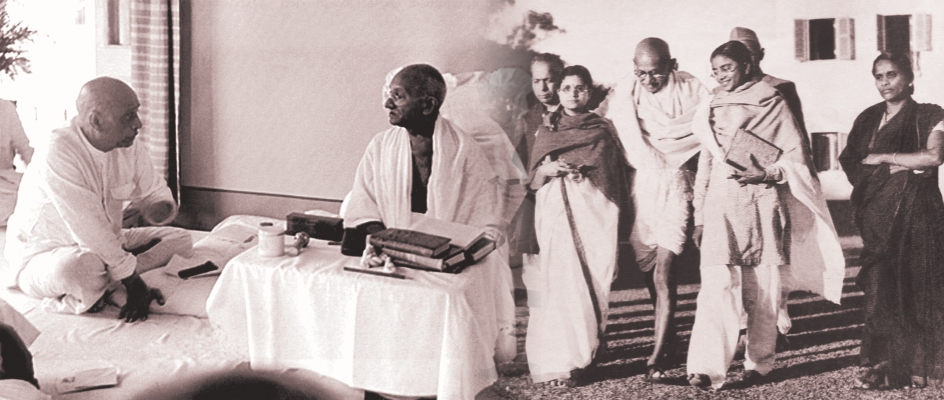
Around half an hour after the assassination of Mahatma Gandhi on January 30, 1948, at 5:45 P.M., a First Information Report was lodged in the Tuglak Road Police station in New Delhi area. The FIR starts with a brief statement from Nand Lal Mehta a resident of Connaught Place in Delhi as he was standing next to Gandhi, “Today I was present at Birla House. Around ten minutes past five in the evening, Mahatma Gandhi left his room in Birla House for the Prayer Ground. Sister Abha Gandhi and sister Sanno Gandhi were accompanying him. Mahatma was walking with his hands on the shoulders of the two sisters. Two more girls were there in the group. I along with Lala Brij Kishan, a silver merchant, resident of No. 1, Narendra Place, Parliament Street and Sardar Gurbachan Singh, resident of Timar Pur, Delhi were also there. Apart from us, women from the Birla household and two-three members of the staff were also present. Having crossed the garden, Mahatma climbed the concrete steps towards the prayer place. People were standing on both sides and approximately three feet of vacant space was left for the Mahatma to pass through. As per the custom the Mahatma greeted the people with folded hands. He had barely covered six or seven steps when a person whose name I learnt later as Narayan Vinayak Godse, resident of Poona, stepped closer and fired three shots from a pistol at the Mahatma from barely 2 / 3 feet distance which hit the Mahatma in his stomach and chest and blood started flowing. Mahatma ji fell backwards, uttering “Raam – Raam”. The assailant was apprehended on the spot with the weapon. The Mahatma was carried away in an unconscious state towards the residential unit of the Birla House where he passed away instantly and the police took away the assailant…”
Even as this FIR was being lodged on the evening of 30th Jan. 1948, the Rashtriya Swayamsevak Sangh Chief( Sarsanghchalak) MS Golwalkar was attending a meeting of prominent citizens of Madras organised by the organisation. According to eye witnesses, as tea was being served and the RSS Chief was about to take the first sip, someone interrupted and broke the news about Mahatma’s death.
As soon as he heard the news, he put down his cup and a few moments later came his first spontaneous reaction in anguished voice, ‘What a misfortune for the country!’ After that he immediately sent telegrams of condolences to the then Prime Minister Pandit Jawaharlal Nehru, Union Home Minister Sardar Vallabh Bhai Patel and Devdas Gandhi, the fourth and youngest son of Mahatma Gandhi. The RSS chief cancelled his countrywide tour, flew back to the RSS headquarters in Nagpur. He cancelled his tour and flew back to Nagpur. Before leaving Madras, he sent telegrams of condolence to Pt. Nehru, Sardar Patel and Devdas Gandhi.
To express grief, in an unprecedented move, all RSS shakhas were asked to be closed for 13 days. It has never happened in the history of the RSS since its inception in 1925 as the daily shakhas are held every day, come what may. This indicates the respect commanded by Mahatma from the RSS.
After returning to Nagpur, the RSS Chief wrote to Pandit Nehru, “The attack on such a deft helmsman who held so many diverse natures in a single string bringing them to the right path, is indeed a treacherous act not merely to an individual but to the whole country. No doubt you, that is the Government authorities of the day, will deal suitably with that traitorous individual. But now is the testing time for all of us. The responsibility of safely steering the ship of our Nation ahead in the present troubled times with an unruffled sense of judgement, sweetness of speech and single-minded devotion to the Nation’s interest is upon all of us.”
In another letter sent separately to Sardar Patel, the RSS Chief wrote, “Let us shoulder the responsibility that has fallen upon us by the untimely passing away of that great unifier, keeping alive the sacred memories of that soul who had tied diverse natures in a single bond and was leading them all on a single path. And let us, with the right feelings, restrained tone and fraternal love, conserve our strength and cement the national life with everlasting oneness.”
In a knee jerk reaction, the government banned the RSS on February 4, 1948 and arrested the RSS Chief.
Ironically, the arrest was made under the notorious Bengal State Prisoner’s Act. Nehru had condemned this act before independence as a ‘black law’.
The RSS chief was released six months later with. In fact, not even a single chargesheet was filed against any RSS Swayamsevak(volunteer). The ban on the RSS was lifted on 12 July, 1949. A month after the assassination of Mahatma, Sardar Patel wrote to Nehru, “I have kept myself almost in daily touch with the progress of the investigations regarding Bapu’s assassination case. All the main accused have given long and detailed statements of their activities. It also clearly emerges from the statements that the RSS was not involved in it at all.”
Sardar Patel in another letter to the RSS Chief said, “Only the people near me know as to how happy I was when the ban on Sangh was lifted. I wish you all the best.’
In 1966, the Congress government headed by Prime Minister Indira Gandhi again set up a new judicial commission to thoroughly probe into the assassination of Mahatma Gandhi. Justice J.L. Kapur, a retired judge of the Supreme Court headed it. The Commission examined 101 witnesses and 407 documents and published its reports in 1969. The Commission’s key findings were:
– ‘They (the accused) have not been proved to have been members of the RSS, nor has that organization been shown to have had a hand in the murder.’ (vol. I, p. 186)
-… there is no evidence that the RSS as such was indulging in violent activities against Mahatma Gandhi or the top Congress leaders.’ (vol. I. p. 66).
One of the most important witnesses who deposed before Kapur Commission was an Indian Civil Services Officer R N Banerjee. His deposition was so crucial as he was the home secretary to the Government of India at the time of the assassination of Mahatma Gandhi.
Banerjee told the Kapur Commission, that even if the RSS had been banned earlier, it would not have affected the conspirators or the course of events, “because they have not been proved to have been members of the RSS nor has that organization been shown to have a hand in the murder”.
(The article was first published in thenationalistview.com on 27 August, 2016. The article was accessed on February 2, 2023 through link: https://www.thenationalistview.com/research-and-reference/rss-and-the-assassination-of-mahatma-a-few-historical-facts/ )

